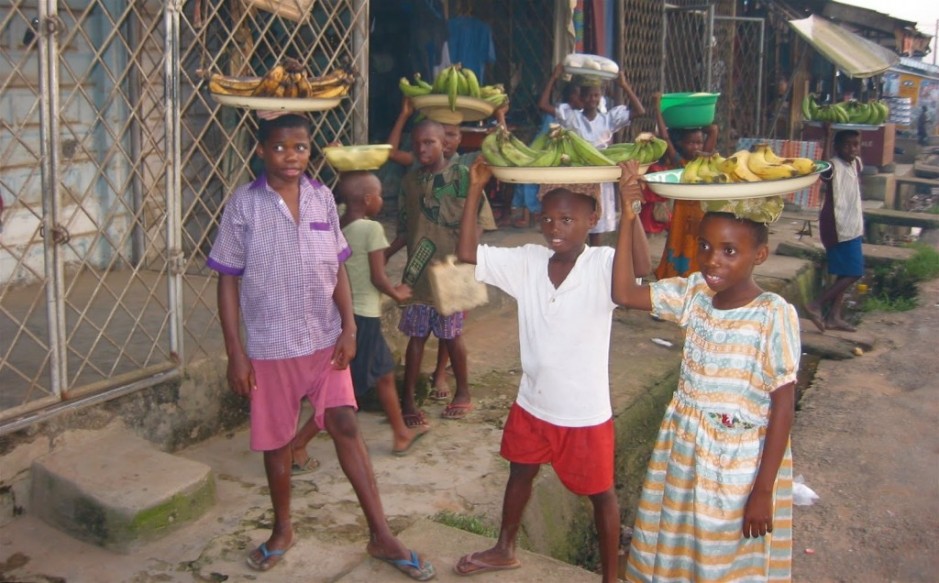The United Nation Children Emergency Fund (UNICEF) says one in four of the world’s school-aged children – nearly half a billion, live in countries, including Nigeria, affected by crises.
WHO also says that as many as 476 million children and young people between the ages of three years and 18 years live in 35 countries affected by crises.
It says 80 million of them have had their education disrupted or destroyed by emergencies and protracted crises and over 16 million are in refugee, internally displaced and other populations of concern in these same affected countries.
UNICEF added that the situation for girls is even worse.
Advertisement
The organisation announced the launch of “Education Cannot Wait” programme, a new fund to better coordinate support and drive investment in education for children and youth affected by humanitarian emergencies and protracted crises.
It has a funding target of $3.85 billion over five years.
It aims to bridge the gap between humanitarian interventions during crises and long-term development afterwards, through predictable funding.
Advertisement
UN Special Envoy for Global Education, Gordon Brown, presented the new fund at the World Humanitarian Summit (WHS), a two-day conference that opened in Istanbul, Turkey.
He said “action now has to happen urgently because of the sheer scale of numbers of children impacted”.
Specifically designed for education in emergencies, the fund, he added, also aims to reach more than 13.6 million children and youth living in crisis situations, such as conflict, natural disasters and disease outbreaks, with quality education over the next five years.
“These young people are missing out on schooling and this is becoming a full-blown global crisis that will haunt the world for generations,” Brown said.
Advertisement
On average, the UN estimates that less than two per cent of humanitarian aid currently goes to funding education.
The UN also education systems equipped to cope with protracted crises cannot be built on the foundations of short-term and unpredictable appeals and the UN also said that less than two per cent of all humanitarian funding goes to education every year since 2010, with a current estimated $9 billion gap for education in emergencies annually.
UN also added that conflict, natural disasters, displacement, epidemics and other crises pose a serious threat to the 2030 Sustainable Development Goals (SDGs) for education.
Advertisement
Add a comment






